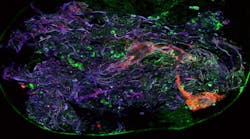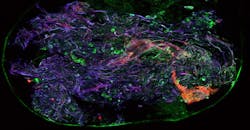Sponsored Recommendations
Sponsored Recommendations
Achromatic Lenses: High-Quality Custom Optics
March 13, 2025
Manufacturing Considerations for Tolerancing Aspheres
March 13, 2025
Explore Our Videos: Insights into Precision Optics
March 13, 2025
Optical Assemblies: Reliable and Precise Solutions
March 13, 2025


